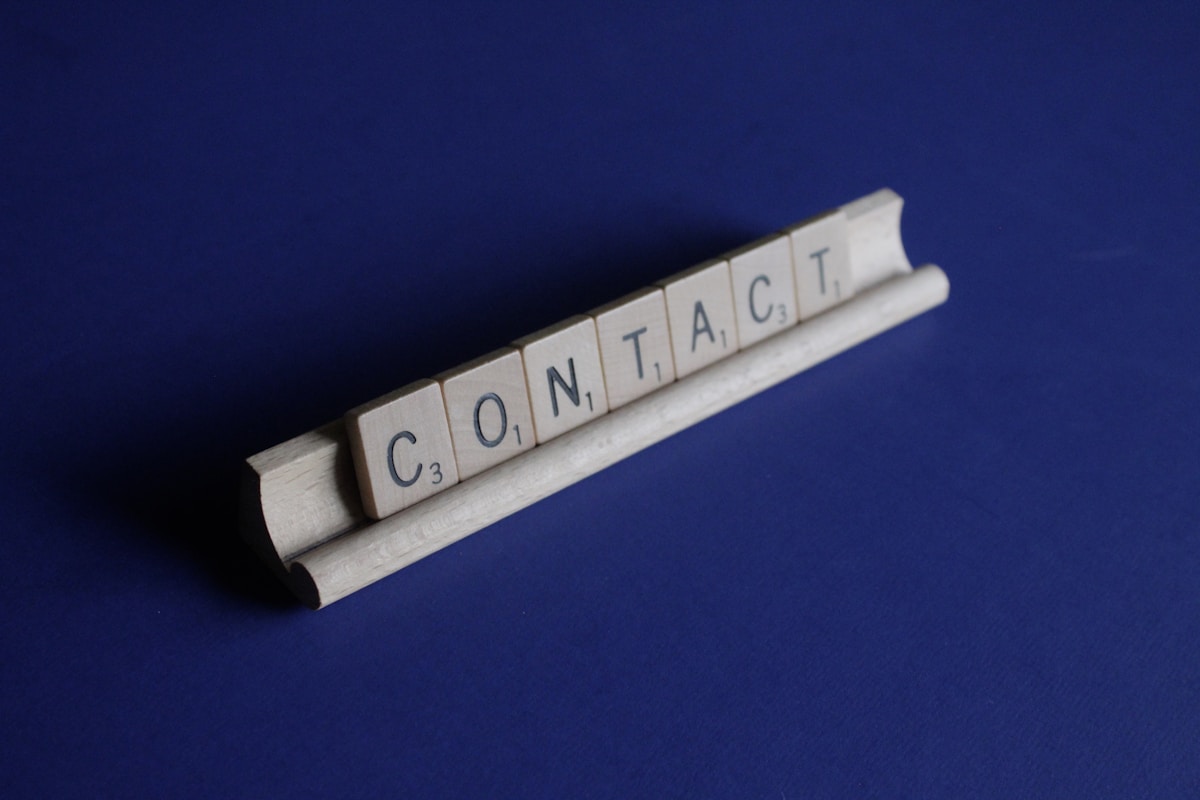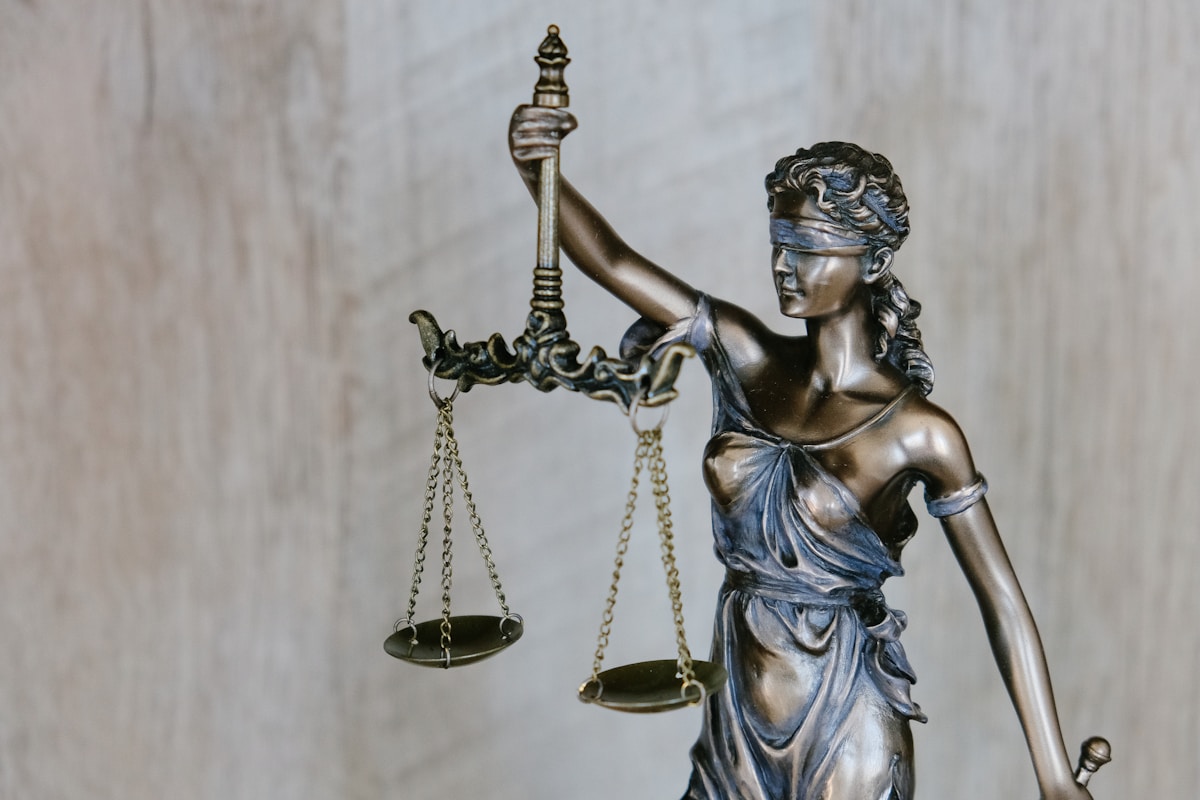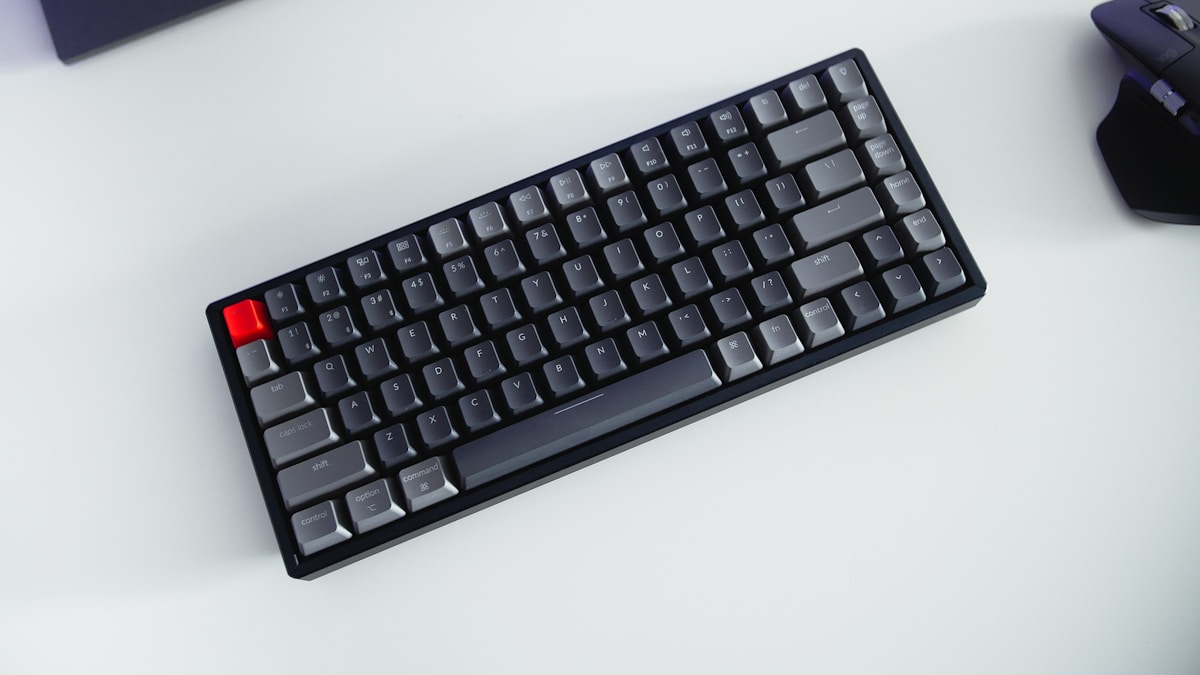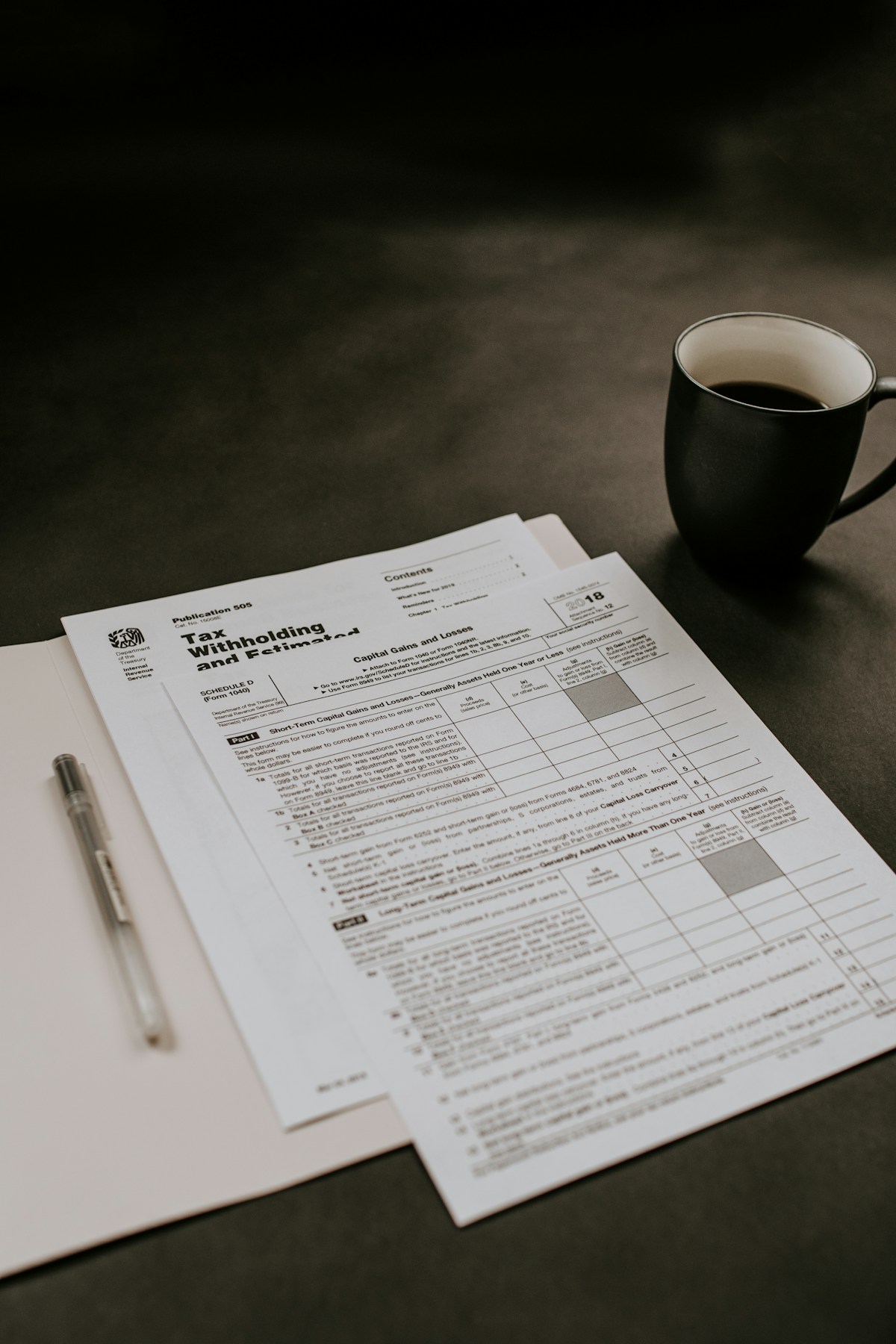How product liability laws protect consumers from dangerous and defective products.
When consumer products cause injuries or property damage, product liability law provides pathways to compensation. Understanding these legal principles helps consumers protect their rights and navigate the often complex process of holding manufacturers and sellers accountable. This guide outlines the key aspects of product liability law and practical steps for those harmed by defective products.
Understanding Product Liability Claims
Product liability refers to the legal responsibility manufacturers, distributors, suppliers, retailers, and others in the supply chain have for injuries caused by defective products. Unlike many other injury claims, product liability often involves strict liability principles, meaning you may not need to prove negligence to recover damages.
Types of Product Defects
Product liability claims typically fall into three categories:
- Design Defects - Flaws in the product's conceptual design that make it inherently unsafe, even when manufactured correctly and used as intended
- Manufacturing Defects - Errors that occur during production, affecting some or all products in a line, making them different from their intended design
- Marketing Defects - Inadequate instructions, warnings, or recommendations about proper use, creating unreasonable dangers that could otherwise be avoided
Legal Theories in Product Liability Cases
Depending on your jurisdiction and case circumstances, product liability claims may be based on:
- Strict Liability - Holds manufacturers and sellers responsible for defective products regardless of whether they exercised care in design or production
- Negligence - Focuses on whether the manufacturer or seller failed to exercise reasonable care in design, production, or marketing
- Breach of Warranty - Claims based on violation of express or implied promises about a product's quality, performance, or safety
- Consumer Protection Statutes - State-specific laws that may provide additional remedies for dangerous or deceptively marketed products
Common Types of Product Liability Cases
Product liability affects virtually all consumer goods, but frequently involves:
- Motor vehicles - Defective airbags, brakes, tires, or fuel systems
- Medical devices - Implants, surgical tools, or monitoring equipment that fails or causes unexpected complications
- Pharmaceutical drugs - Medications with undisclosed side effects or contamination
- Consumer electronics - Devices that overheat, catch fire, or deliver electrical shocks
- Children's products - Toys, furniture, or accessories presenting choking, fall, or entrapment hazards
- Household appliances - Devices that malfunction, causing fires, leaks, or other dangers
- Food products - Contaminated or adulterated food causing illness
Steps to Take When Harmed by a Product
If you've been injured by a potentially defective product:
- Seek medical attention - Your health comes first, and medical records document the connection between the product and your injuries
- Preserve the product - Keep the product in its post-incident condition; do not repair, alter, or discard it
- Document everything - Take photos of the product, your injuries, and any property damage
- Gather purchase information - Locate receipts, credit card statements, or other proof of purchase
- Report the incident - Notify the manufacturer, retailer, and relevant government agencies like the Consumer Product Safety Commission (CPSC)
- Collect witness information - Get contact details for anyone who saw the incident or knows about the product's condition
- Keep a journal - Document your injuries, medical treatments, and how the injury affects your daily life
- Consult an attorney - Product liability cases often require specialized legal knowledge
Potential Damages in Product Liability Cases
Compensation in product liability cases may include:
- Medical expenses - Past and future costs related to treating your injuries
- Lost income - Wages lost during recovery and reduced earning capacity
- Pain and suffering - Compensation for physical pain and emotional distress
- Property damage - Costs to repair or replace damaged property
- Disability or disfigurement - Compensation for permanent impairments
- Punitive damages - Additional compensation in cases of particularly egregious conduct
Common Defenses in Product Liability Cases
Manufacturers and sellers often defend themselves by arguing:
- Product misuse - The product was used in an unforeseeable or improper manner
- Alteration - The product was modified after leaving their control
- Assumption of risk - The user was aware of the danger but chose to use the product anyway
- Comparative fault - The user's own negligence contributed to the injury
- Statutes of limitations or repose - Too much time has passed since the purchase or injury
- State-of-the-art defense - The product represented the best available technology when manufactured
Mass Torts and Class Actions
When defective products harm many people:
- Class actions combine similar claims into a single lawsuit when individual cases would be impractical
- Multidistrict litigation (MDL) consolidates similar cases for pretrial proceedings while preserving individual trials
- Settlement funds may be established for widespread product defects, with standardized criteria for compensation
Preventing Product Injuries
Consumers can reduce their risk of product-related injuries by:
- Registering products to receive safety recall notices
- Checking the CPSC website (www.cpsc.gov) for recalls before purchasing used items
- Reading and following all instructions and warnings
- Inspecting products regularly for signs of wear or damage
- Researching products before purchase for safety track records
Product liability law serves both to compensate those harmed by defective products and to incentivize manufacturers to create safer products. If you've been injured by a product, consulting with an attorney experienced in product liability cases can help you understand your rights and the best path toward fair compensation.






